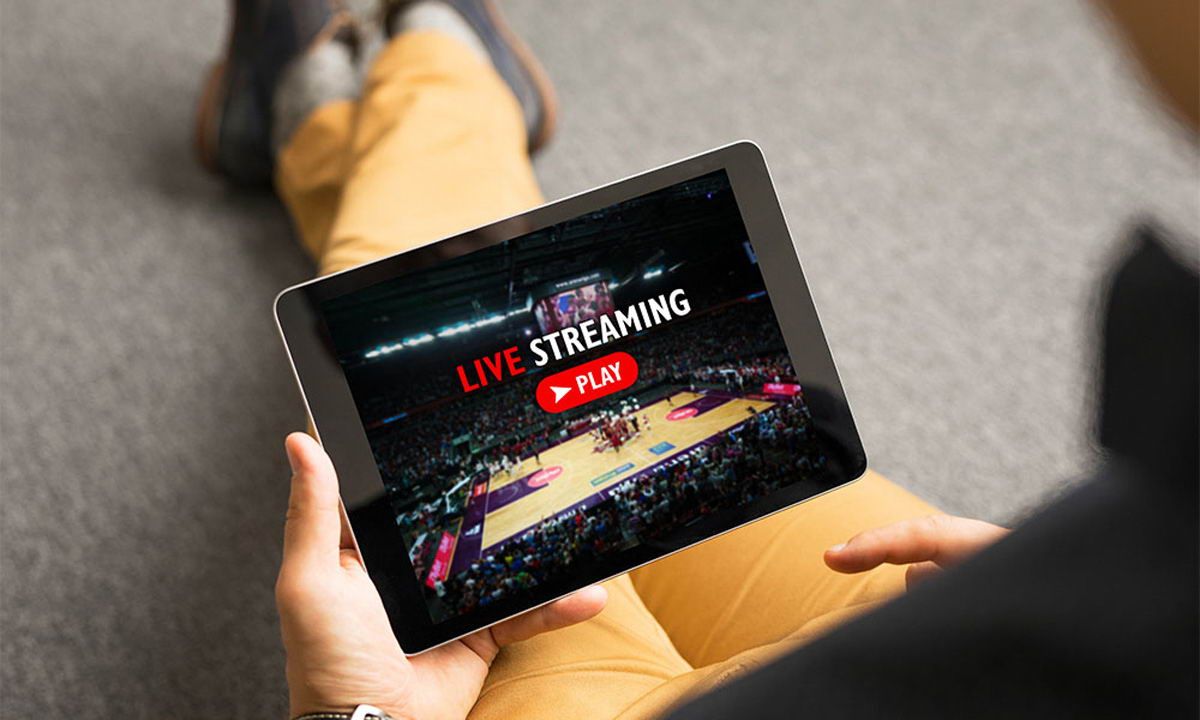May 4, 2021
Sports Viewing
Marist Center for Sports Communication/Marist National Poll
More Sports Fans Switching to Streaming
Sports fans are changing the way they watch live broadcasts, moving from cable and satellite television to streaming platforms to find games. In particular, many young sports fans are migrating to streaming platforms, according to a recent collaboration between the Marist Poll and the Center for Sports Communication at Marist College. Among fans under 30 years old, 59% report they, now, use a streaming service.
Overall, looking at sports fans, 64% still consume live sports through traditional television broadcasts while 32% report using streaming platforms. But, what’s notable is how quickly this is changing. When asked to describe their viewing habits two or three years ago, 83% of sports fans say they watched sports on cable or satellite TV, and only 14% utilized a streaming site.
“The sports broadcasting model is evolving fast, and the effects could shake the industry,” Center for Sports Communication Director Jane McManus says. “As young, male viewers move to streaming platforms, it threatens to disrupt the way sports programming is paid for, from advertising revenue to cable subscriber fees.”
Among fans 45 and older, 79% say they still consume live sports via cable or satellite television compared with only 45% of fans under 45 years old who say the same.
“In recent years, more live sports broadcasts have migrated to streaming platforms,” says McManus, noting that Amazon will pay the NFL an estimated $1 billion over 10 years for the rights to stream Thursday night football on Prime while NBC has put Premier League on their Peacock streaming service, and Paramount+ has done the same with UEFA Champions League. Similarly, Serie A and Bundesliga are streaming exclusively on ESPN+, and the popular Latina American league, Liga MX, is available through Univision’s streaming network, TUDN.
Latino fans, who skew younger, represent the largest demographic of adaptors, with 42% saying they are more likely to stream as compared with Black fans at 29% and white fans at 26%.
“Given that all age groups report streaming more now than they did a few years ago, this further suggests streaming is the way of the future,” said Dr. Zachary Arth, Assistant Professor of Sports Communication at Marist College.
Looking at gender, men (37%) are more likely than women to stream (26%) their live sports broadcasts.
The pandemic era continues to be notable for lower sports ratings and fans reporting they aren’t watching sports as frequently as they once did. Viewership habits first measured by the Marist Poll and the Center for Sports Communication in the fall of 2020 ebbed very slightly, with 43% of sports fans now reporting they are watching less live sports, and 47% watching the same amount. In October 2020, 46% said they were watching less.
“Viewership, as a whole, has yet to see any sort of increase for the most part, with the majority of viewers reporting that they are watching sports less or about the same as they were before, similar to what was found this past fall,” Arth says.
“It should be noted that ratings do account for streaming. Thus, an increase in streaming does not equate to lower ratings,” Arth said.
58% of Americans say they follow sports at least a little bit.

